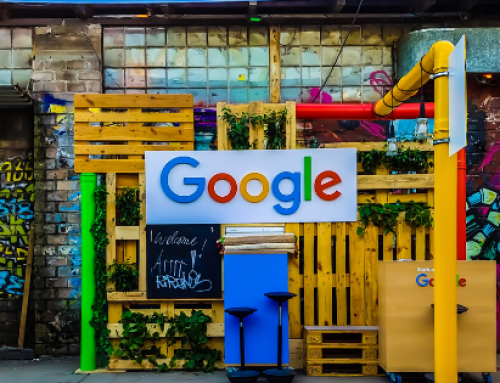It still surprises me when I mention Google RankBrain to some of my fellow digital marketers and all I receive is a blank stare – a sign they clearly have no idea what I’m talking about.
This is because when it comes to SEO strategy, RankBrain often remains unnoticed; but it shouldn’t be this way. As the third most prominent SEO ranking factor behind content and links, being aware of how RankBrain works is as important as wearing a warm jacket on a cold winter’s day.
Breaking SEO Tradition
In the past, Google has refrained from revealing too much about their ranking factors. This isn’t only because they want to keep them a secret, but also because they’re worried about the consequences.
Here’s Why…
After informing website owners they must have backlinks to rank higher, link schemes started popping up everywhere, together with many other devious forms of ‘Black Hat SEO’, to trick the algorithm.
Google then started cracking down on the buying and selling of links, guest posting, optimised anchor text and directory links that were of poor quality (you know the ones…).
But this was just the tip of the iceberg. When Google told the world about the importance of on-site optimisation and keywords, they had to deal with penalising websites with keyword stuffing and hidden text on webpages (which involves using the same colour for the text and background).
This deception continued to flourish as the SEO industry grew, when Google had to again reinforce the importance of unique content after people started scraping content and automatically republishing existing content – stealing it from other websites.
As Matt Cutts once said when discussing how people abuse guest posting:“….this is why we can’t have nice things in the SEO space: a trend starts out as authentic. Then, more and more people pile on until only the barest trace of legitimate behaviour remains.”
But why is Google so vocal about RankBrain, especially when you consider all the problems of the past?
Simple: they want people to abuse it. It’s how RankBrain ‘learns’.
What Google Says About RankBrain
According to an article by Jack Clarke, published on Bloomberg in October 2015, Google search engineers, who spend their days crafting algorithms that underpin the search software, were asked to view selected webpages and guess which they thought Google’s search engine technology would rank on top. While the humans guessed correctly 70 percent of the time, RankBrain had an 80 percent success rate.
Google’s Greg Corrado, a senior research scientist, noted that he was surprised with the results, and that it had gone much better than expected when initially released.
What Google RankBrain is, and What it isn’t
Before we take a look at what RankBrain is, let’s first clarify what it isn’t:
- It is not an algorithm update (it’s not related to Penguin, Panda or Hummingbird)
It is not a robot
It is not a new version of Knowledge Graph
- It is not a new type of search engine (in fact, it is likely to remain completely indistinguishable to all users)
Now that we’ve cleared that up, let’s discuss what it is.
Put simply, Google RankBrain is a varied assortment of mathematical equations that improve, learn and develop over time. It is effectively AI – a ranking signal, and like I mentioned earlier – one of the most important (out of many hundreds of search ranking factors).
How RankBrain Works
Think of Google RankBrain as a complex, well-oiled machine. When RankBrain spots a particular phrase or word that is unfamiliar, the machine has the ability to determine whether or not the words or phrases have similar meanings to others, before filtering the results based on this information. This makes RankBrain clever enough to handle search queries that are unique, or those which have never been used previously.
Instead of being pre-programmed, responding in a particular way each time, RankBrain continually learns about what, how and why people are searching. It then gathers this information and processes it in a way that applies a conclusion to the impending search results.
This is known as “machine learning” – similar to a robot that has the ability to maintain itself by searching for upgrades.
The machine has the ability to sort search queries into word vectors. These are also referred to as “distributed representations” – in other words, those which are linguistically similar. RankBrain then maps these words into clusters to provide the best match and ultimately the most appropriate search results for users.



